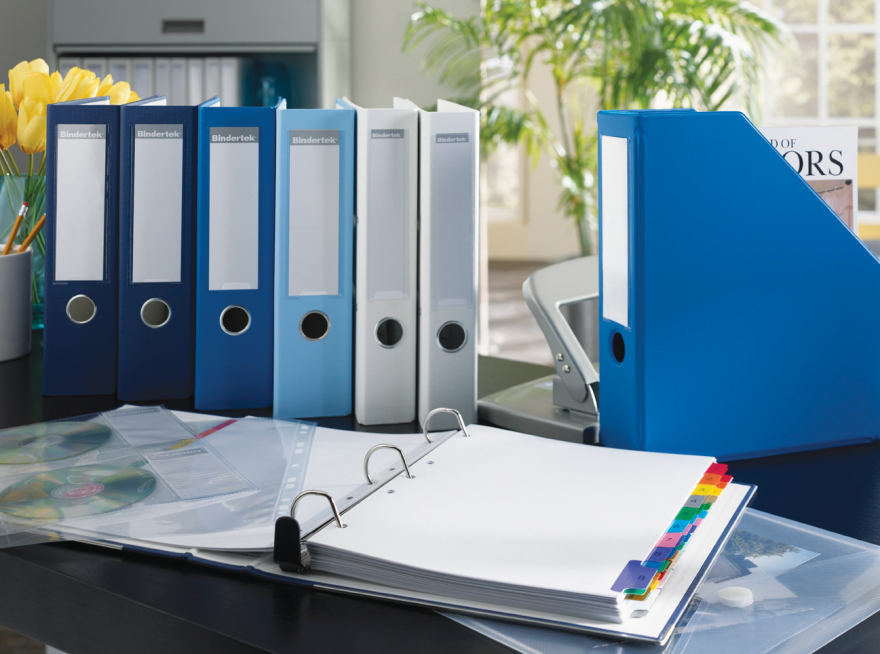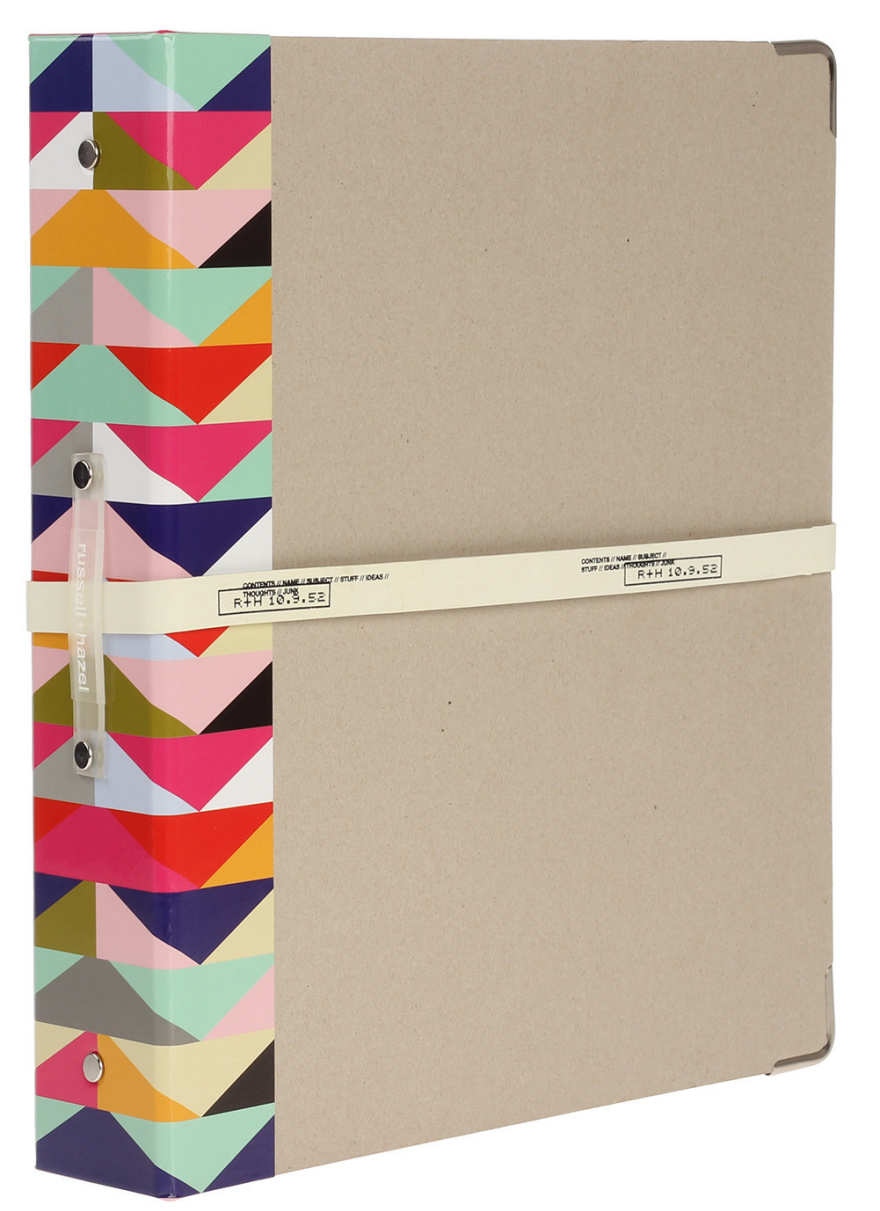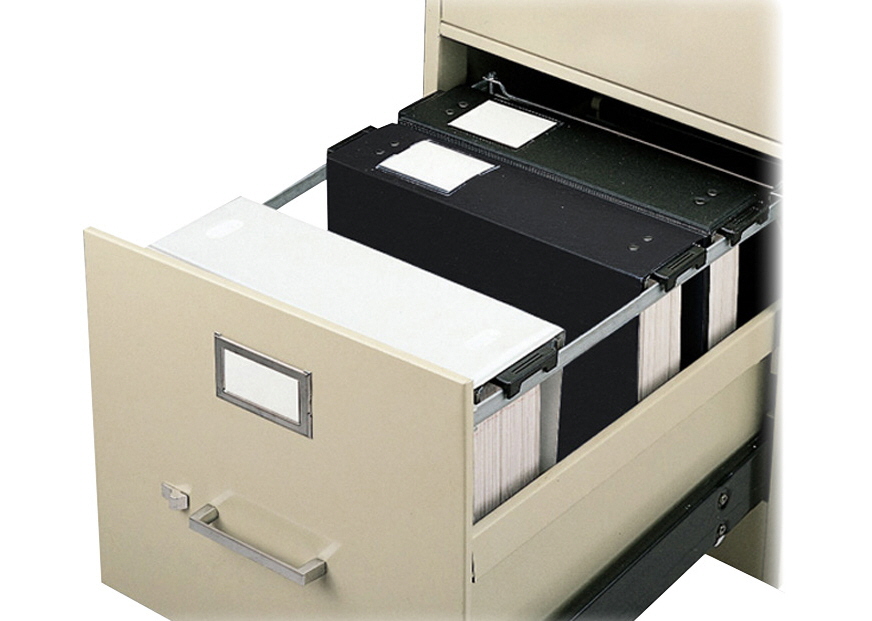#HTE
3-Ring Binders: Beyond the Basics
The two main ways to organize papers are files and binders; either can work fine, so it’s largely a matter of personal preference. Fortunately, end users who prefer binders have a number of choices beyond the basic binders found at every office supply store.

The binders from Bindertek have steel-rimmed finger holes to make it easy to pull one out of a shelf—something I’ve never seen the need for, but which might be helpful if the binders were tightly packed on that shelf. The vinyl cover is glued on rather than heat-sealed, to keep the covers from cracking and splitting.

The covers also have steel-reinforced bottom edges for extra durability. The rings, which have a lifetime guarantee, have a ball-and-socket design rather than the common zigzag design.

The BestBuilt binders have finger grips for removing one from a crowded shelf. There are large, easy-to-use label pockets; I’m happy to see this, since many end users won’t take the time to fuss with unwieldy label designs. The binders are also deep enough that interior tabs won’t extend beyond the cover.

These binders are also designed for durability, with one-piece injection-molded spines and welded covers. There’s also a three-position elliptical ring system; the rings completely overlap when closed, so papers can’t fall out even if the binder is dropped.

Saunders provides a durable binder by making it from recycled aluminum. The aluminum does get scratched, but that’s just a cosmetic problem; the binder doesn’t fall apart as some cardboard-and-vinyl binders will. One complaint from a purchaser (echoed by another): “The edges are sharp and prone to causing injury to hands, damage to bags, and scratches on furniture. A little bit of sand paper will take the edge off, but … I expected this to have been done at the factory.”

Not all designs are focused on durability. The Bex binder from Pina Zangaro caught my eye just because of its nice label holders.

The Signature Binders from Russell+Hazel have metal-reinforced corners for durability. They also have a dry-erase surface on the interior, which could be handy—assuming the end user always has an appropriate marker close at hand. (There’s no pocket on the binder to store one.) Some end users will appreciate the rubber band to help keep things secure; others will just find it annoying as it interferes with getting to the binder contents.

End users keeping some papers for archival purposes—old tax returns, for example—might appreciate the Find It gapless binders from IdeaStream. The one-piece loop rings keep the papers secure, even if the binder is dropped, but make it difficult to add or remove papers from anywhere except one end.

Another nice feature of the Find It binders: The rings can lay flat when not in use, making it easy to store spares.

Some end users may find it easier to store their binders in a file cabinet due to storage space constraints or the need to lock things up overnight in a locking cabinet. These Wilson Jones hanging binders have hooks that pull out and retract, so they can be used either in a file cabinet or on a shelf or desktop.

Storing a bunch of binders can be a challenge; binder carousels provide an interesting option. Multi-tier ones can fit in an unused corner, and smaller ones can even sit on a desktop.

One problem with storing binders on a shelf is that unless the shelf is full, the binders don’t tend to stay upright. The no-longer-available Shelf Shark was designed to help with that, for both binders and other materials such as small brochures. They were simple to use, slipping over the edge of any solid square-front (not rounded) shelving. But I must admit that the free samples I got sat in my garage for years before I finally gave them away. Many end users are fine with their binders leaning a bit!
http://www.core77.com/posts/45224/3-Ring-Binders-Beyond-the-Basics
